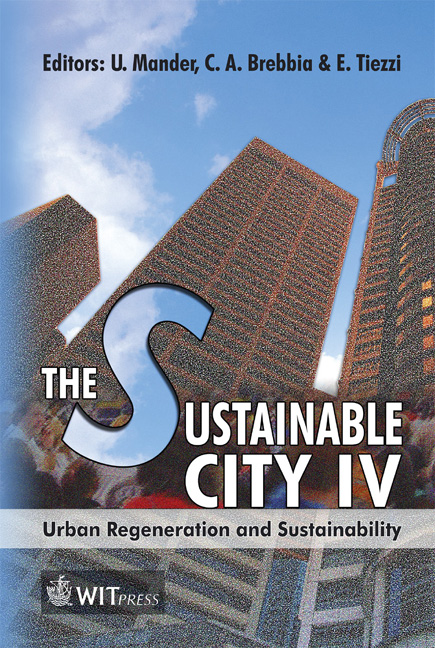Environmental Policy Integration In Urban Spatial Planning: The Approach Of Rotterdam
Price
Free (open access)
Transaction
Volume
93
Pages
10
Published
2006
Size
289 kb
Paper DOI
10.2495/SC060211
Copyright
WIT Press
Author(s)
V. Simeonova
Abstract
An integrated approach to spatial planning and environmental policy has not yet been adopted by many national, regional or local administrations. However, such integration is likely to provide a better streamlined planning process incorporating the environmental improvements and the physical developments in the urban areas. Within Europe some attempts to integrate spatial and environmental planning can be found in western countries like the Netherlands. In this paper we review the local policy concerning spatial and environmental planning on the experience of the city of Rotterdam. We discuss two methods for an area-oriented planning approach which have been applied in Rotterdam. Keywords: spatial planning, environmental policy integration, urban planning. 1 Introduction Since the early 1970s, in many countries environmental protection programmes have been instituted to reduce pollution. Nowadays, more often, local governments try to combine spatial planning and environmental objectives as a more effective strategy for improving the quality of life in urban areas and conserving natural resources (Miller and De Roo [1]). In the current political and scientific debates this process of incorporation of environmental objectives in development sectors is more broadly referred as to an environmental policy integration process (EPI) (EEA [2]). However, EPI has not yet been institutionalized in the urban planning practice by many local administrations (EEA [2]). Due to the increasing social demands for better quality of life in the cities some municipalities like Rotterdam developed new planning tools that support
Keywords
spatial planning, environmental policy integration, urban planning.





